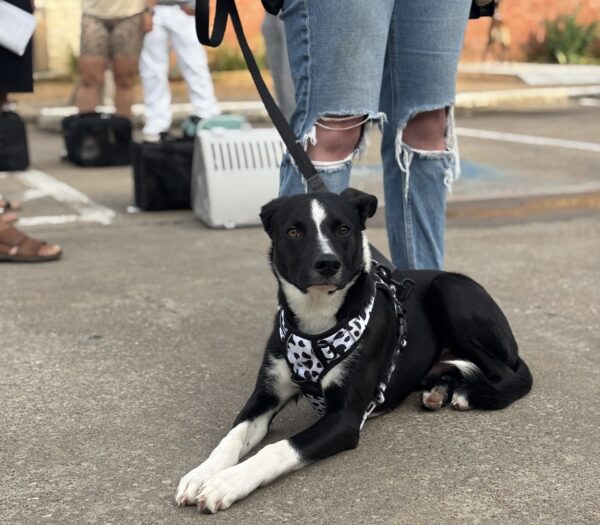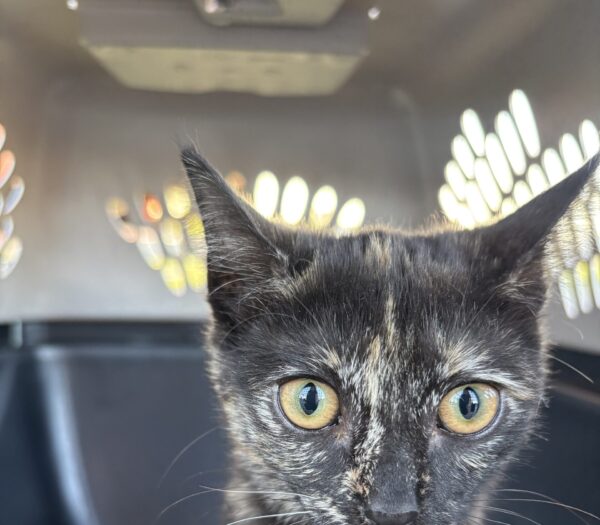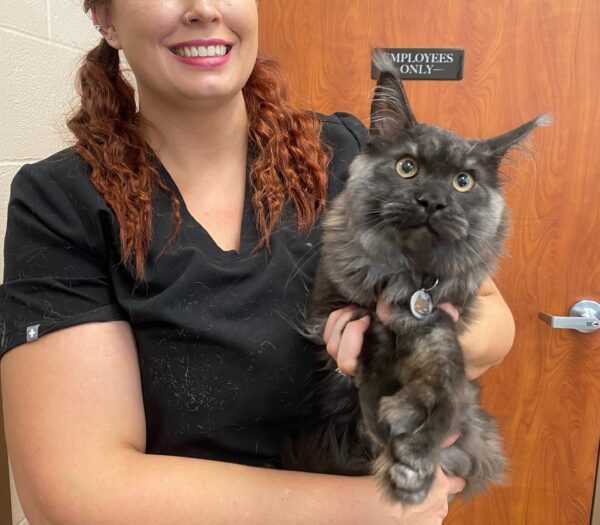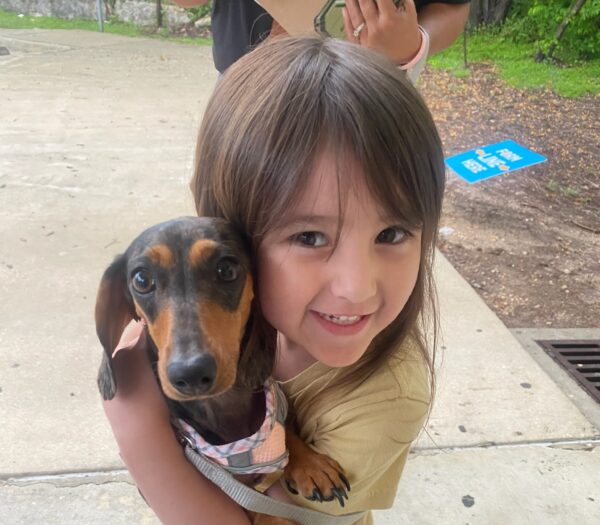By Cathy M. Rosenthal
The nation is bracing for frigid temperatures and blizzard conditions, and protecting your pets during this extreme weather is crucial. While some areas may experience only brief cold snaps, others may endure prolonged freezes, making preparation essential. Whether you have dogs, cats, or other animals, here’s how to keep them safe and warm when temperatures plummet.
Bring Pets Inside
First and foremost, pets should be indoors during severe winter weather. This is especially true for vulnerable animals like puppies, senior pets, and those with short coats, as they are at a higher risk of hypothermia and frostbite. If your pets cannot be inside the main living areas of your home, a garage or enclosed space can serve as a temporary solution. However, garages can still be cold and hazardous, so take these precautions:
- Pet-Proof the Space: Secure all garbage, chemicals, and especially antifreeze, which is toxic, and even small amounts can be fatal.
- Provide Warm Bedding: Use blankets or pet beds to keep them off the cold concrete floor.
- Check Water Frequently: Ensure pets have access to fresh, unfrozen water. Heated water bowls are a great option for colder conditions.
- Offer Extra Food: Pets burn more calories in the cold to maintain body heat, so provide additional kibble to meet their energy needs.
Outdoor Pets Need Extra Care
Community and Outdoor Cats: If you care for outdoor cats—whether they are your pets, community cats, or feral cats—they are especially vulnerable during extreme winter weather. While cats are resourceful and may seek shelter wherever they can find warmth, such as under car hoods or in tight, enclosed spaces, severe conditions like blizzards or subzero temperatures require additional intervention to keep them safe.
- Check Under Car Hoods: Outdoor cats often climb into car engine compartments to escape the cold. Before starting your car, always tap the hood or honk the horn to scare away any cats that might be hiding there. This simple step can save a cat’s life and prevent serious injury.
- Provide Shelter: For outdoor cats, including owned cats that remain outside, you can create an inexpensive winter shelter to help them stay warm. Here’s how:
- Use a Styrofoam cooler or a plastic storage bin with a lid.
- Cut an entry hole just large enough for a cat to fit through (about 6–8 inches in diameter).
- Line the inside with straw—not hay. Straw retains heat and repels moisture, while hay can become damp and moldy.
- Place the shelter in a quiet, protected area away from wind and precipitation.
- Be sure to periodically check and replace the straw to keep the shelter clean and warm. If you have several outdoor cats, consider building multiple shelters to ensure everyone has a safe, dry place to go.This video from the British Columbia SPCA provides step-by-step instructions on how to build an outdoor winter cat shelter.
- Provide Fresh Water and Food
- Community cats rely on their caregivers for food and water, especially during extreme cold when natural food sources are scarce. Take these steps
- Ensure cats have access to fresh water that doesn’t freeze. Heated water bowls are a great option, or you can replace the water frequently throughout the day.
- Offer extra food to help cats maintain their energy and body heat. Wet food can freeze quickly, so consider providing dry kibble as well.
- Bring Owned Outdoor Cats Inside
- If you have an outdoor cat that is your pet, the best way to keep them safe during severe winter weather is to bring them indoors. While outdoor cats may be accustomed to living outside, extreme cold, high winds, and snow can be life-threatening. Even if your cat seems independent, they will be safer and more comfortable inside during blizzard conditions or subzero temperatures.
- If bringing your cat fully indoors isn’t possible, set up a warm, enclosed space for them in a garage, basement, or other sheltered area. Follow the same guidelines for pet-proofing the space, providing warm bedding, and ensuring access to fresh water and food.
Outdoor Dogs: Dogs are highly susceptible to the dangers of severe winter weather, including frostbite, hypothermia, and exposure. Ensuring their safety during blizzard conditions or temperatures below freezing means taking extra precautions, starting with bringing them inside.
- Bring dogs inside during severe winter weather. While a well-insulated doghouse with straw bedding can provide adequate shelter in moderate cold, severe winter weather—such as blizzard conditions or subzero temperatures—requires much more. In these extreme conditions, outdoor dogs must be brought inside. No matter how sturdy or insulated their doghouse is, these conditions are life-threatening. Dogs left outside in extreme cold are at risk of frostbite, hypothermia, and exposure. Sadly, many outdoor dogs do not survive during such weather, even with shelter.
- If you cannot bring your dog fully indoors, use a garage or enclosed area as a temporary solution. Follow the same guidelines for pet-proofing, providing warm bedding, and ensuring access to fresh water. However, the safest option is to bring them inside your home until conditions improve. Severe weather is no time to leave any animal outside. Treat outdoor dogs as indoor pets during these conditions—it could save their lives.
- Consider winter clothing. Sweaters and jackets are more than a fashion accessory; they can be lifesavers for pets in cold weather. Short-haired dogs and cats benefit greatly from the added warmth. Choose clothing that fits snugly but allows for natural movement and bathroom breaks.
- Cold Weather Hazards to Avoid
- Frozen Water: Ensure pets always have access to fresh water. Frozen water can lead to dehydration, even in winter.
- Deicing Chemicals: Ice melt products can irritate your pet’s paws and are toxic if ingested. Wipe their paws thoroughly after outdoor walks, and consider using pet-safe deicing products.
- Frostbite and Hypothermia: Limit outdoor time during extreme cold. Frostbite can occur on exposed areas like ears, tails, and paw pads. If your pet shivers excessively, appears lethargic, or shows signs of frostbite, bring them inside and consult your veterinarian immediately.
- Engage your dog indoors. On days when it’s unsafe to go outside, keep your pets mentally and physically stimulated indoors. Puzzle toys, interactive games, and indoor fetch are great ways to burn off energy and keep them happy.
The Bottom Line
Cold weather safety starts with preparation. Severe winter weather requires extra precautions to protect your pets from frostbite, hypothermia, and other cold-related dangers. By bringing pets inside, providing proper shelter, and taking steps to keep them warm and safe, you can help them weather even the harshest winter storms.
Originally appeared on CathyRosenthal.com | Cold Weather and Pets: Keeping Them Safe During Severe Weather Conditions
Cathy M. Rosenthal is a seasoned animal advocate, author, and syndicated pet columnist with over 35 years of experience in the animal welfare field. To learn more, visit CathyRosenthal.com, or connect directly through Spay Neuter Network by sending your pet questions to her at Cathy@spayneuternet.org.











